Top 10 Best Mining Company In India in 2023
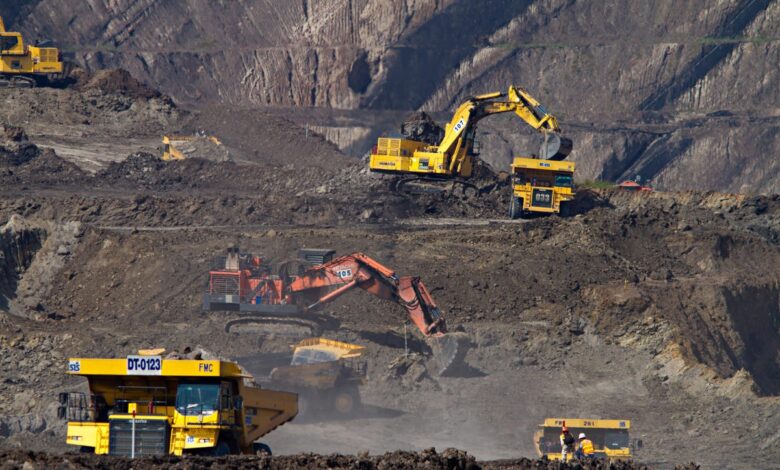
Due to the large amount of natural mineral resources, India possesses a powerful mining sector. This abundance of natural resources is used by corporations to set up and manage large-scale mining operations in India. India continues to be a prominent player in the global mining business despite China being a prominent rival and other leading nations in mining like Australia and Canada.
India
One of the main economic sectors in India is the mining sector. It delivers a variety of popular industries with necessary raw materials.
India ranks fifth in terms of total coal reserves and is the second-largest coal producer in the world.
India aims to produce 1.2 billion tonnes of coal by 2023–2024.
India is now both the second-largest producer and user of steel in the world. The country’s completed steel in its entirety consumption in the fiscal year 2020–21 was 96.2 million tonnes, and it is foreseen to increase to roughly 160 million tonnes (MT) by 2024–25 and nearly 250 MT by 2030–31.
India is now both the second-largest producer and user of steel in the world. The country’s completed steel in its entirety consumption in the fiscal year 2020–21 was 96.2 million tonnes, and it is foreseen to increase to roughly 160 million tonnes (MT) by 2024–25 and nearly 250 MT by 2030–31.
95 minerals, comprising 4 fuels, 10 metallic, 23 non-metallic, 3 atomic, and 55 minor minerals, are produced in India’s 1,531 active mines (including building and other materials).
571,000 square kilometres area has been allocatted as an Obvious Geological Potential (OGP) area based on the overall geological mapping of the country, out of a total of 3.1 million square kilometres, where the overall capacity of geology for the development of mineral deposits is higher.
India boasts some of the world’s richest coal reserves. The predicted total coal reserves in 2020 were 344.02 billion tonnes, an increase of 17.53 billion tonnes over the same period in 2019.
11.49 lakh people are employed in the metals sector, that is 7.06% of all employment.
Market Size
In FY 2021–22, coal production in India increased by 8.55% to 777.31 MT (provisional). Mineral production is projected to be Rs. 190,392 crore ($24.95 billion) in FY22. In terms of iron ore production, India comes in fourth position round the world. The amount of iron ore produced in FY21 was 204.48 million tonnes. In India, 204 million tonnes of iron ore were produced between April 2021 and January 2022. (MT). India has a total of 878 steel factories that churned out unprocessed steel in FY20.
India produced 103 MT unprocessed steel in FY21. By FY22, it’s foreseen that India will produce 120 million tonnes (MT) more steel, an increase of 18%. SAIL produced 1.55 MT of hot metal, 1.44 MT unprocessed steel, and 1.46 MT of saleable steel in Q3 FY22, respectively. India became the second-largest producer of aluminium in the world in FY21 with annual production of 4.1 MT. From April 2020 to January 2021, 3,285,186 tonnes of aluminium were produced. As of 2021, India was the second-largest coal producer in the world.
Growth Drivers
From 577 Mn Ton in 2014 to 817 Mn Ton as of July 2022, coal production has grown greatly, and this fiscal year’s total production is projected to exceed 920 Mn Ton.
The Government of India wants to use the facility for loading coal at Paradip Port in order to boost transportation of coal by sea and turn it into a coal hub.
Double-digit growth is expected for minerals like manganese, lead, copper, and alumina in the years to come. New mining operations in the fields of coal, bauxite, and iron ore have a lot of potential.
India enjoys a competitive advantage in terms of steel and alumina production and conversion prices.
In order to improve coal transportation efficiency and further increase the capacity of the coal evacuation process, fourteen railway projects totalling INR 22,067 crores are being undertaken. These projects will assist in cutting down on the time and considering the cost related with transporting coal. Approximately 2680 kilometres will be covered by these projects, which will be scattered over the Indian states of Jharkhand, Odisha, and Chhattisgarh.
With a budget outlay of INR 1814.90 Crores, development of 23 project works totalling 600.13 km under the CRIF plan for FY 2021–22 in Madhya Pradesh state has been approved.
NMDC and IIT Kharagpur sign an agreement for drone-based mineral exploration. This collaboration would result in the creation of building mining technology capabilities programmes and software spectrum tools for mineral excavation.
For 35 first mile connectivity projects, the coal industry is going to fund 12,500 crore INR.
Coal companies and Indian Railways plan to work together to ensure that 415 rakes of domestic coal and 30 rakes of imported coal are loaded into trains each day for the power sector.
In order to improve multimodal connectivity, the Ministry of Coal has launched 13 railway projects and uncovered any infrastructure deficiencies for each project. The initiatives will be built in the states of Jharkhand and Odisha to speed up logistics and increase the level of connectivity for all commercial miners involved in coal movement.
The coal ministry targets 138.28 million tonnes of coal production and anticipates operationalising 58 coal blocks between 2022 and 2023.
With the support of the relevant State Governments and the Ministry of Environment, Forest & Climate Change (MoEFCC), Coal India Ltd (CIL) has undertaken the conservation of coal mine pit lakes, maintenance of the ecological character of wetlands, and inclusion of such pit lakes in the prestigious Ramsar List.
Talcher coalfields, using coal from Mahanadi Coalfields Limited and allocated coal blocks, generated more than 95 MT of coal in FY22 and is anticipated to produce 200 MT by FY 2024–25 and 300 MT by FY 2030.
In order to assure effective coal evacuation, Talcher Coalfields’ MCRL rail line construction began in stages (Mahanadi Coal Railway Limited).
In order to encourage entrepreneurial and innovative activity for RINL and other industries in and around Visakhapatnam, an MoU was signed by STPI, STPINEXT, and RINL-VSP (Visakhapatnam Steel Plant).
Key Achievements
8.91 million tonnes of iron and steel were produced by the National Mineral Development Corporation (NMDC), a public company under the Ministry of Steel.
187 exploration projects totaling Rs. 895.72 crore have been approved by the National Mineral Exploration Trust (NMET) as of December 31, 2019. Among these totals, 118 projects are still in progress, while 69 have already been finished.
In its mining region close to Nagpur, WCL has created a sizable Eco-Park and is collaborating with MTDC to conduct the country’s first Eco-Mine Tourism Circuit, which allows visitors to see both open-pit and underground mining operations. Similar in concept, the Eco-Mine Tourism Circuit, which will soon launch across various coal businesses with an investment of over INR 100 crores, would highlight the environmental protection efforts performed by coal corporations.
52 mine blocks that were authorised by the Geological Survey of India (GSI) have been given to 15 State Governments by the GOI. To improve openness and simplicity of doing business, a mineral exploration accreditation scheme has developed an online site.
24 Eco Parks were created by Coal India and its subsidiaries.
Of the 200 approved mineral projects, 117 have been completed by the National Mineral Exploration Trust.
To establish a platform for obtaining multiple permissions for the operationalisation of coal mines in the nation, the Single Window Clearance System (SWCS) developed the Project Information & Management Module.
In order to connect the port with the city, the first six-lane highway road was constructed in Surat, Gujarat utilising steel slag.
The Ministry of Steel looks forward to uploading the geolocation of more than 2000 steel units—including major players—operating in the nation via an application that BiSAG-N has developed.
Let’s have a look at the Top 10 Best Mining Company In India in 2023 –
1. NMDC Ltd.
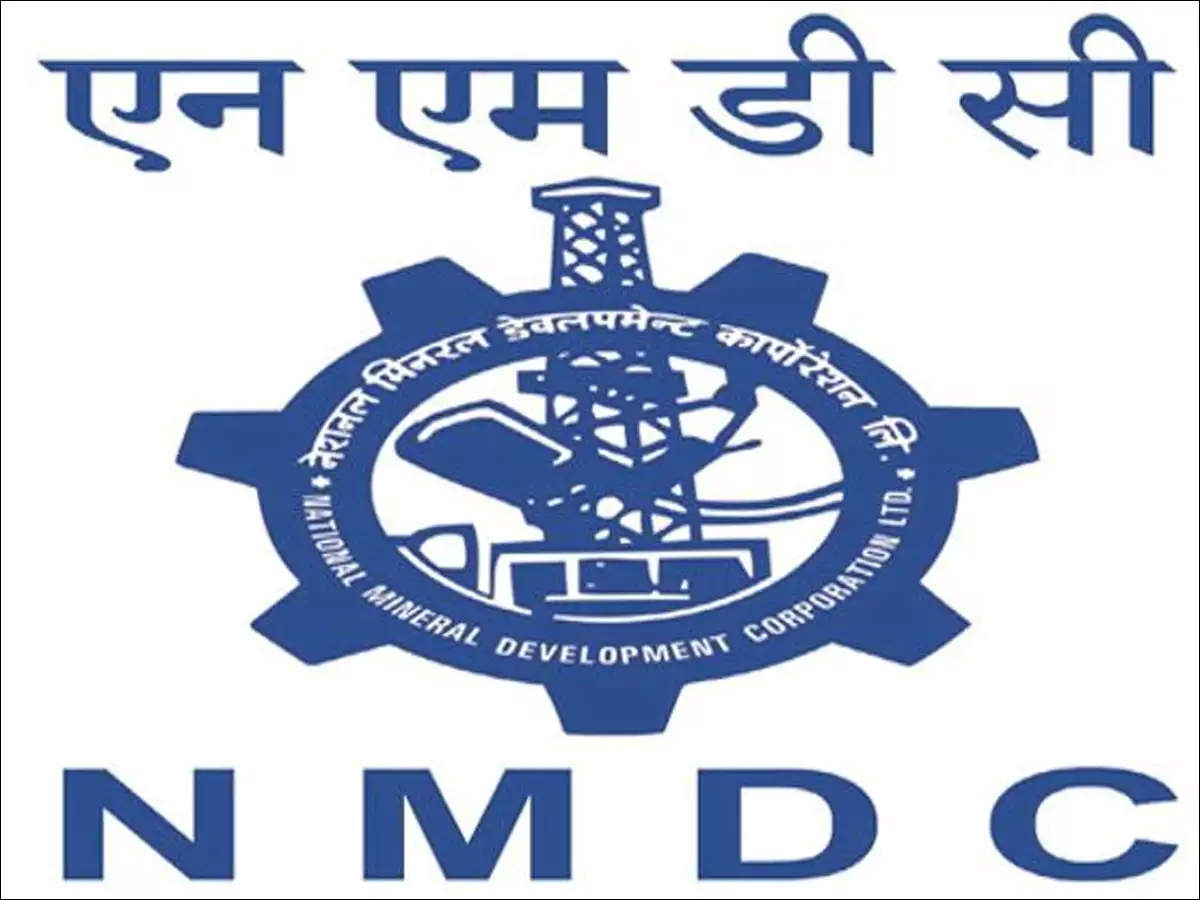
The leading mining company in India is NMDC Ltd. As the National Mineral Development Corporation, it was founded in 1958.
It now works for the Ministry of Steel and has evolved into the mining firm over time.
Iron ore, copper, rock phosphate, limestone, dolomite, gypsum, bentonite, magnesia, diamond, tin, tungsten, graphite, and silicon from beach sands are just a few of the many minerals that NMDC is exploring around the nation.
The sole largest producer of iron ore in India is NMDC.
In a year, it produces more than 30 tonnes of iron ore from three completely automated mines. In India, NMDC Ltd has made an important contribution to the development and mining of natural resources.
It was designated a “Navratna” corporation by the Indian government in 2008, a classification made to public sector companies of significant national and economic value.
In addition to being the largest miner in India, NMDC Ltd also exports massive amounts of metal ores to other countries through bilateral trade agreements between the governments of India and those nations as well as private international corporations.
2. Hindalco
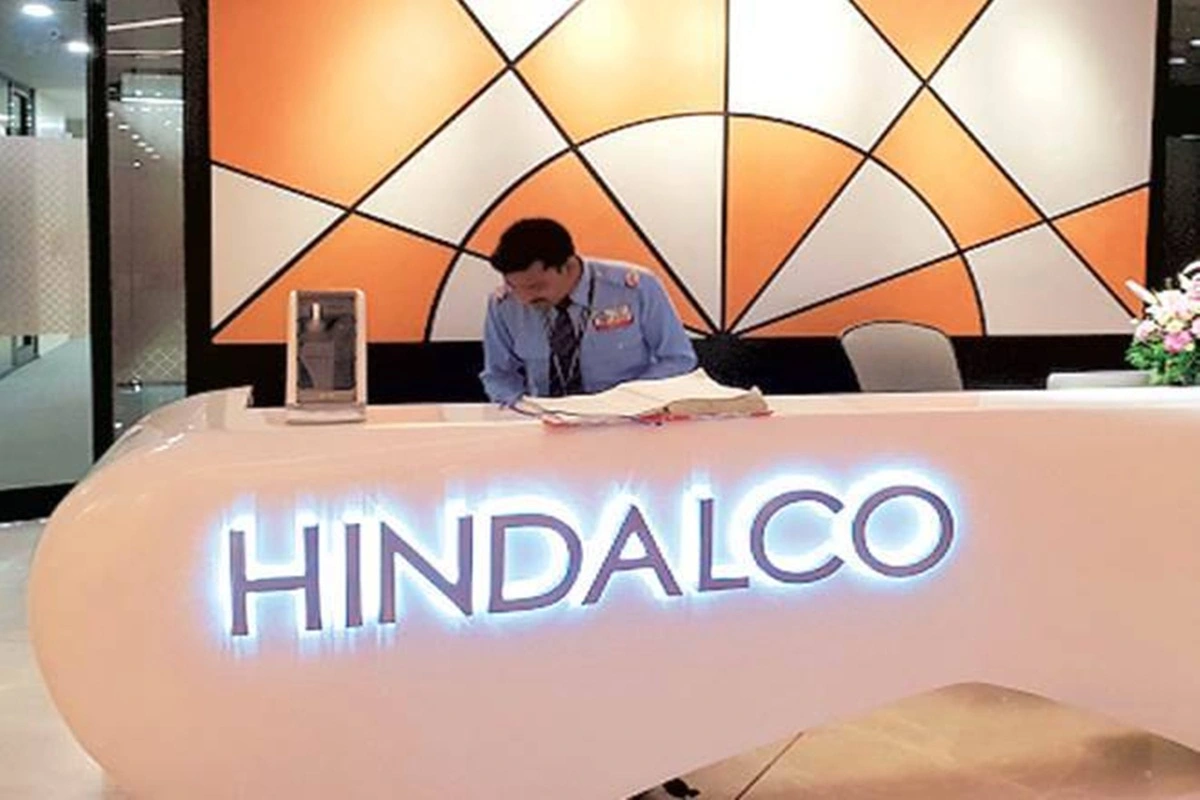
Hindalco Industries Limited, formerly called Hindustan Aluminum Company, is the flagship company of India’s largest conglomerate, the Aditya Birla Group.
The business, which is the nation’s top in the mining of copper and aluminium, has an annual revenue of more than US$18 billion.
Additionally, Hindalco runs the world’s biggest rolling company for aluminium.
Hindalco is also Asia’s top producer of primary aluminium, which is a special distinction. The copper production facility owned by Hindalco is one of the biggest bespoke smelters in the world.
Bauxite, coal, and other minerals used by power companies and other Indian businesses are also mined by Hindalco.
Hindalco is an important producer of aluminium in the world, with operations in 10 nations.
Birla Copper, a branch of the corporation, manufactures continuous cast copper rods and copper cathodes in addition to other by-products like gold, silver, and DAP fertilisers.
The two biggest private gold producers in India are Hindalco and Birla Copper. In India, Hindalco has been given the Star Trading House designation.
3. Vedanta Limited
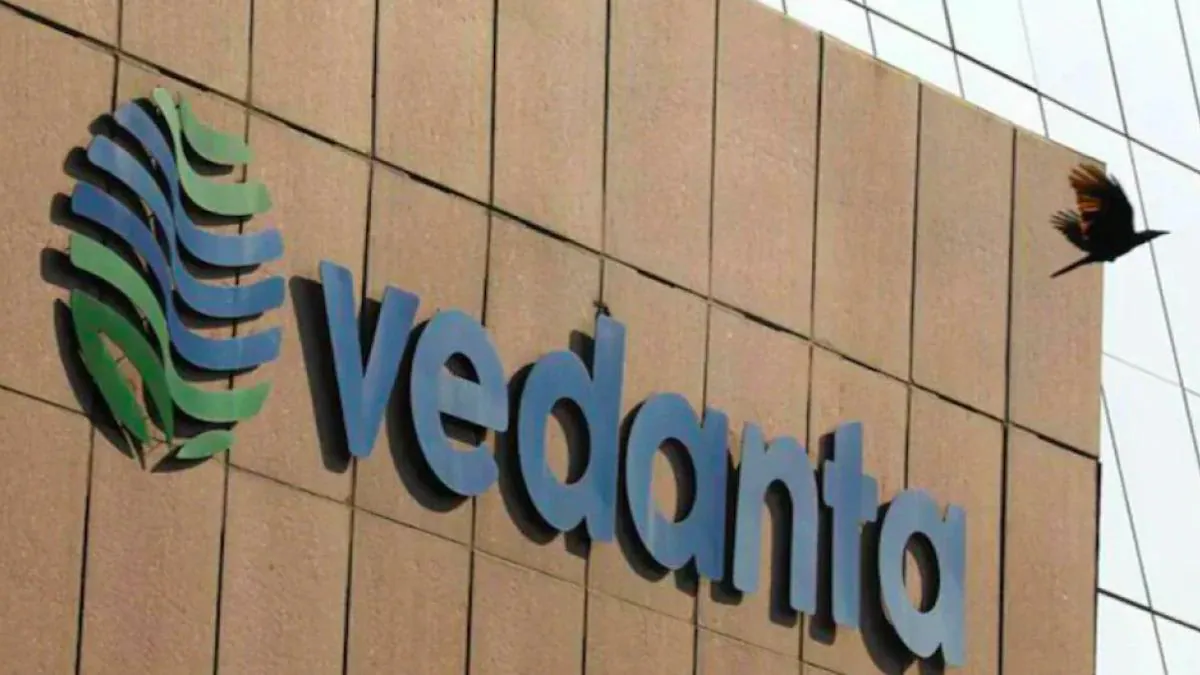
In India, Vedanta Limited is involved in the mining of iron ore, copper, zinc, lead, silver, and aluminium.
The largest and second-largest zinc mining companies in the world, Vedanta Limited controls approximately 78 percent of India’s main zinc industry.
With an ability of more than 600 tonnes per year, it’s additionally one of the top 10 silver producers in the world.
Hindustan Zinc Limited is 64.9 percent owned by Vedanta. With an ability of 2.3 million tonnes annually, the firm is the biggest producer of aluminium in India.
It controls a 40% portion of the domestic aluminium market. Vedanta ships a lot of iron ore from Goa to China and Japan in addition to supplying the domestic market.
Sesa Goa Iron Ore, a Vedanta Group firm, was established in and is currently one of India’s leading low-cost iron ore producers.
In addition, Vedanta Ltd runs one of India’s biggest bespoke copper smelters.
4. Coal India Limited
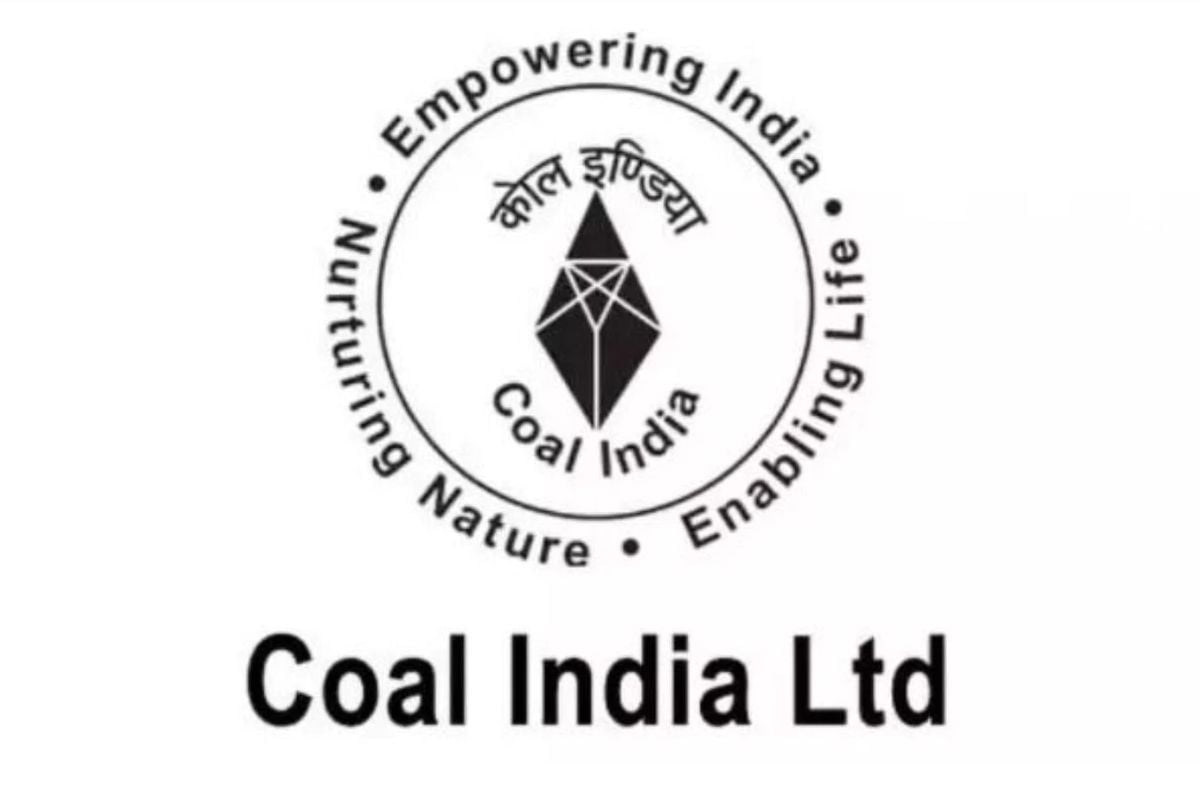
The largest miner and manufacturer of industrial grade coal, used as fuel in thermal power plants and other purposes, is Coal India Ltd.
It is a government-owned company in the public sector in India.
It was founded in 1975 as a tiny firm with a 79 million tonne annual coal mining capability.
The government has designated CIL as one of the “Maharatna” enterprises because of its economic importance to India and the national economy.
82 mining locations make up Coal India Ltd. Seven fully owned coal mining subsidiaries and one mining planning and consulting company make up the corporation.
CIL has operations in eight states of India. 200 more enterprises, comprising workshops, hospitals, and other institutions, are also managed by CIL.
It owns 102 Vocational Training Institute Centers and 26 Technical and Management Training Institutes.
The only educational facility of this type in India, the Indian Institute of Coal Management, is also run by CIL.
5. Uranium Corporation of India Ltd.

A highly important mining firm in India that is owned by the government is called Uranium Corporation of India Ltd.
The Uranium and other rare necessary minerals for supporting India’s military and civilian nuclear programmes are being explored and mined by UCIL.
It’s crucial for the country’s nuclear energy production and provides the uranium and other necessary minerals for defence.
UCIL runs a number of mines around India, including six in Jharkhand, one in Andhra Pradesh, one in each of Karnataka, Telangana, and Meghalaya, as well as one in each of those three states.
This business has helped India become self-sufficient in the need for uranium for Pressurized Heavy Water Reactors, which are used for producing, for example, electricity among certain other things.
Directly reporting to the Department of Atomic Energy is UCIL. The environmental and health safety record of UCIL at the places where it runs mines is commendable, despite the fact that it mines Uranium and other minerals for nuclear uses.
6. Gujarat Mineral Development Corporation Ltd.
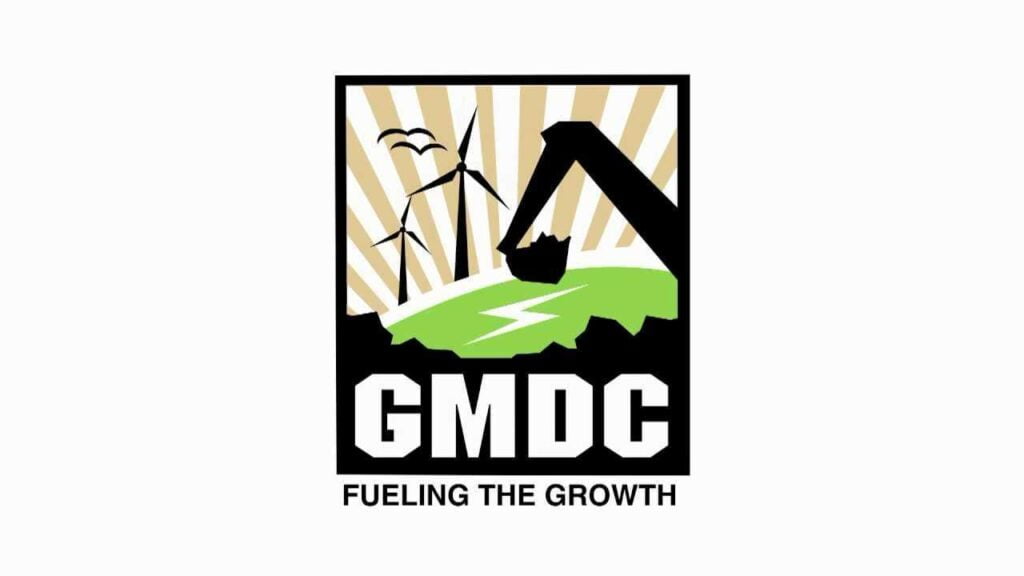
A large-scale mining corporation in India is GMDC Ltd.
It is a state government of Gujarat business. One of the most successful mining firms in India is GMDC Ltd.
It is active in initiatives to generate limestone, lignite, bauxite, fluorspar, manganese, silica, and ball clay. GMDC Ltd. has also entered the power generation business.
Additionally, GMDC Ltd. is recognised as one of India’s greenest mining businesses.
As part of their corporate social responsibility, its staff put in a lot of time cleaning up regions close to mines and reducing any negative effects of pollution brought on by the business’ operations.
Because of the prominent contribution it makes to the Indian economy and the creation of jobs for skilled workers in Gujarat, GMDC Ltd. has received a number of national honours from the Central government.
7. MOIL
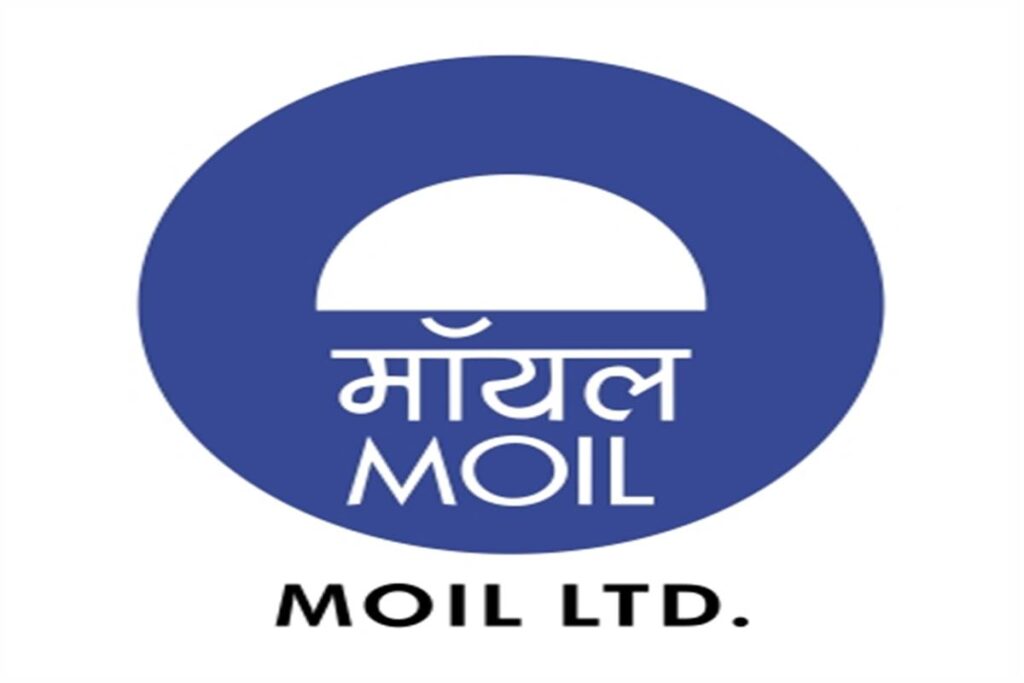
Manganese Ore India Ltd. is called MOIL. It is India’s top source of manganese ore production.
Due to its importance to India’s economy, MOIL was awarded the title of “Miniratna” corporation. It was founded in 1962 and has its headquarters in Nagpur, Maharashtra. It is one of the country’s mining industry’s pioneers.
The Central Provinces Manganese Ore Company Limited (CPMO), a British Company incorporated in the UK, was the original name of the business when it was founded in 1896 as Central Province Prospecting Syndicate.
Later on, the Indian government took control of it. Both the federal government and the state governments of Madhya Pradesh and Maharashtra have stakes in MOIL.
MOIL is ranked 486th among Indian Fortune 500 businesses. About 16 mines for the production of manganese ore are run by MOIL in Maharashtra and the neighbouring Madhya Pradesh.
The domestic industries receive this ore. In addition, a significant amount of MOIL’s manganese ore is supplied to China and Japan, among other important foreign markets.
8. Indian Rare Earths Ltd.

Mining firm Indian Rare Earths Ltd. is distinctive. This premier mining corporation in India explores and cultivates the rarest minerals there, as the name would imply.
These are referred to as heavy minerals and include, among others, ilmenite, zircon, rutile, silimanite, and garnet.
Additionally, 10,000 tonnes of monazite and more than 11,220 tonnes of rare earth chloride are produced annually by Indian Rare Earths. For both military and civilian purposes, India greatly values these minerals.
Due to the company’s activity in the highly specialised sector of rare minerals, few people are familiar with it. On August 18, 1950, Indian Rare Earths Limited was founded.
The Department of Atomic Energy has administrative authority over how it runs (DAE).
One of India’s major mining corporations is Indian Rare Earths Ltd. Few other countries are capable of mining and producing rare materials.
9. FCI Aravali Gypsum & Minerals (India) Ltd.
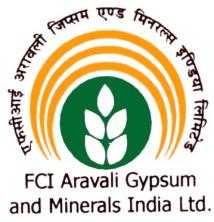
Mining firm FCI Aravali Gypsum & Minerals (India) Ltd. works for the Ministry of Chemicals and Fertilizers.
It is India’s largest mining firm and a producer of gypsum for both industrial and agricultural uses.
This business has been supplying gypsum to cement factories and several World Bank-funded land development projects in the Indian state of Uttar Pradesh since 2003.
FCI Aravali Gypsum & Minerals (India) Ltd. has been providing the Indian government fertiliser factory in Sindri, close to Dhanbad, with high-grade gypsum for over 60 years.
Near the cities of Barmer, Jaisalmer, Bikaner, and Suratgarh, in Rajasthan, FCI Aravali Gypsum & Minerals (India) Ltd. conducts mining operations. This corporation operates all of its mines in accordance with global environmental protection standards.
The corporation makes sure that none of its operations will pollute the areas close to mines.
Formerly a division of Food Corporation of India Ltd., FCI Aravali Gypsum & Minerals (India) Ltd. But in 2003, it became a distinct mining corporation.
10. Ashapura Minechem Ltd.
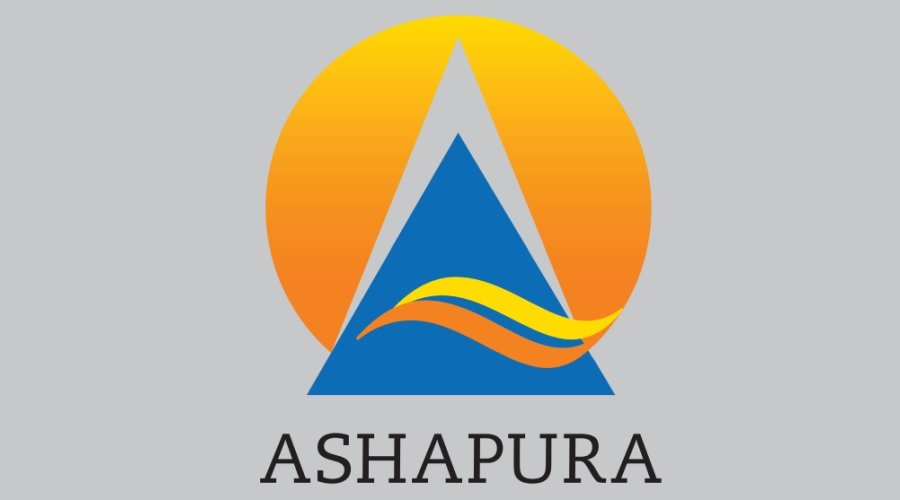
Owner and exporter of a bentonite mining operation is Ashapura Minechem. The main goods produced by the business include iron ore, bentonite, bauxite, kaolin, other minerals, value-added items, and others. It operates in various industries, including the market for derivatives and bulk minerals for industrial use. The company sells bentonite products that are used for drilling, metal casting, and construction.
They provide activated bauxite for the purification of transformer oil and lubricants. There are minerals like barytes, kaolin, and attapulgite. The company’s other products include calcined bauxite, geosynthetic clay liners (GCL), clay catalysts, and bleaching clay. Over 45 million tonnes of sodium and calcium bentonite reserves are positioned all around the country. The company has a variety of activations, milling, and processing places all throughout India. The company’s interests include Antwerp, Azerbaijan, Brazil, Nigeria, and Malaysia.
In order to establish the Alumina Refinery Project, the company established Ashapura Aluminium Ltd, a fully owned subsidiary, in collaboration with China Aluminium International Engineering Company Ltd. Both the Ministry of Commerce and Industry and the Ministry of Environment and Forests have given their approval. The company has built two export-focused operations for bauxite and bentonite in Jamnagar and Baraya, respectively.
Challenges for India’s Mining Sector
In comparison to large mining nations like China, the United States, Australia, Brazil, and Chile, the mining sector in India contributes a small amount to GDP. In addition, compared to other mining nations, India’s mining sector has grown far more slowly in recent years.
Due to the mining sector’s slower development than the GDP over the past ten years, its contribution to India’s GDP fell from 1.2% to 1%. Economies like those of China, Brazil, Australia, and the United States, in contrast, have increased their involvement as a result of the mining industries’ explosive expansion.
India now has a low policy potential index score and a low mineral potential score, making it an unfavourable location for mining investment.
On a composite basis, India is ranked 59th out of 96 mining countries.
In comparison to other mining nations, India lags behind in every level of the mining process. Driving efforts at all stages is necessary for the overall development of the mining industry.
The Geological Survey of India (GSI) is leading the generation of baseline data to support exploratory operations, but this process is far from finished.
Compared to 90% of Australia’s entire area covered since 1990, just 18% of India’s total land has been covered by an aeromagnetic survey.
India is knowledgeable about geology at a scale of 1:50,000 that covers 98% of the nation’s entire area.
Geophysical and geochemical data, however, are lacking (coverage is about 2 to 4%, against 90 to 100% in Australia). For the purpose of promoting exploratory activity by both major and minor mining companies, GSI may concentrate on the generation of baseline data.
India has historically spent less on exploration than other mining economies. Only 0.4% of the global exploration budget comes from India. Only 11 businesses have exploratory activity scheduled in India. In order to sustain reserve development in pace with production, India must raise its exploration expenditure.
Due to operational inefficiencies and murky land records, the EC/FC process takes longer.
Additionally, businesses should seek clearances from numerous agencies of state, which take longer when there are no set deadlines.
Currently, obtaining a mining lease or prospecting lease permit in India takes at least five years.
This is significantly longer than the processing period in other mining regions; in Canada and Australia, for example, it takes less than two months. Applications for new rights may be put off by extended processing times. With aims of less than 3 months as their processing length, the majority of countries have been reducing their processing periods.
Currently, obtaining a mining lease or prospecting lease permit in India takes at least five years.
This is significantly longer than the processing period in other mining regions; in Canada and Australia, for example, it takes less than two months. Applications for new rights may be put off by time-consuming processing timeframes. With aims of less than 3 months as their processing length, the majority of countries have been reducing their processing periods.
For sustainable development, mine closure is a crucial sector that needs to be enforced by regulatory measures. The financial guarantee for mine closure in India is now relatively low and does not punish defaulters enough.
Companies must pay a significant portion of the mine closure costs upfront as financial security in Western Australia and Canada (70% in Western Australia).
Road Ahead
There is a sizable potential for new mining operations in the iron ore, bauxite, and coal sectors, as well as sizable potential for subsurface deposit discoveries in the future. Steel, zinc, and aluminium producers continue to benefit from attractive commercial prospects brought on by infrastructure initiatives.
One crucial element of the real estate industry is iron and steel. Given the industry’s projected rapid expansion in the residential and commercial building sectors, demand for these metals is expected to remain high.




